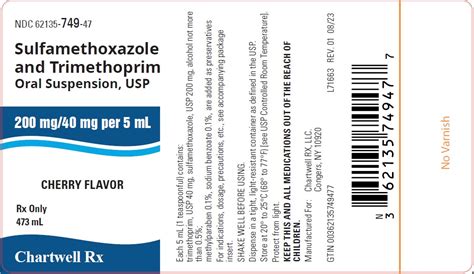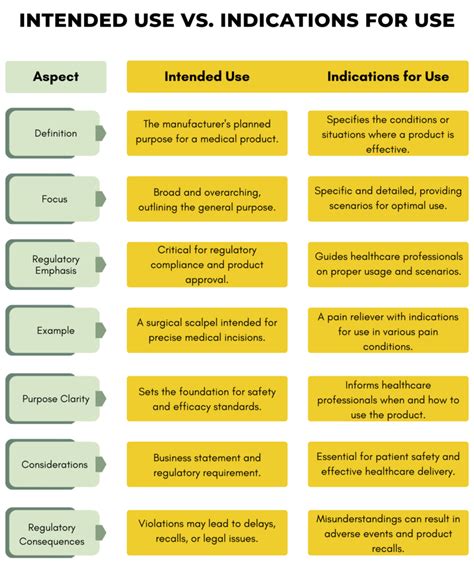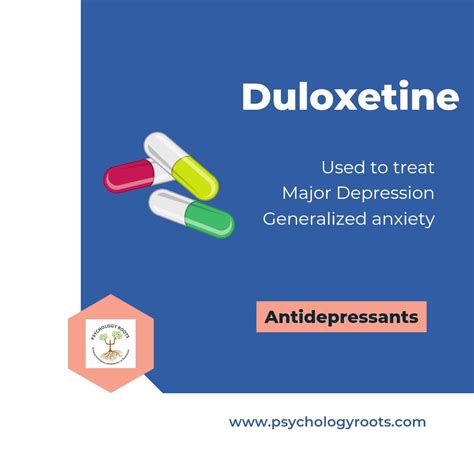Intro
Discover the ultimate Trimethoprim Sulfamethoxazole antibiotic guide, covering uses, side effects, and interactions, with insights on bacterial infections, antibiotic resistance, and sulfonamide treatments.
The use of antibiotics has become a cornerstone in the treatment of bacterial infections, and one of the most commonly prescribed combinations is Trimethoprim Sulfamethoxazole, also known as co-trimoxazole. This antibiotic has been widely used for decades due to its broad-spectrum activity against a variety of bacterial pathogens. Understanding the intricacies of Trimethoprim Sulfamethoxazole is crucial for healthcare professionals and patients alike, as it can significantly impact the management and outcome of bacterial infections.
The importance of antibiotics like Trimethoprim Sulfamethoxazole cannot be overstated, given the rising concern of antibiotic resistance. As bacteria evolve to evade the effects of antibiotics, the development and use of effective antimicrobial agents become increasingly critical. Trimethoprim Sulfamethoxazole works by inhibiting the growth of bacteria, making it an essential tool in the fight against infections. Its application spans across various medical specialties, from primary care to specialized fields like infectious diseases and pediatrics.
The mechanism of action of Trimethoprim Sulfamethoxazole is unique and synergistic. Trimethoprim blocks the production of tetrahydrofolic acid, a compound essential for the synthesis of DNA and proteins in bacteria, while sulfamethoxazole inhibits the enzyme dihydropteroate synthetase, which is necessary for the production of folic acid. This dual inhibition is crucial for its bactericidal effect, making it effective against a wide range of Gram-positive and Gram-negative bacteria. The combination of these two drugs enhances their individual effects, allowing for lower doses and reducing the risk of resistance development.
Introduction to Trimethoprim Sulfamethoxazole

Pharmacokinetics and Pharmacodynamics
The pharmacokinetics of Trimethoprim Sulfamethoxazole involves the absorption, distribution, metabolism, and excretion of the drug. Both trimethoprim and sulfamethoxazole are well absorbed from the gastrointestinal tract, with peak levels achieved within 1 to 4 hours. The drugs are distributed widely throughout the body, with trimethoprim achieving higher concentrations in tissues than sulfamethoxazole. Metabolism occurs primarily in the liver, with both drugs excreted in the urine.Indications and Usage

Dosage and Administration
The dosage of Trimethoprim Sulfamethoxazole varies depending on the infection being treated and the patient's renal function. For adults, the typical dosage for urinary tract infections and acute otitis media is one tablet (80 mg trimethoprim and 400 mg sulfamethoxazole) every 12 hours for 10 to 14 days. For the treatment of PCP, the dosage is higher, with one tablet (160 mg trimethoprim and 800 mg sulfamethoxazole) every 8 hours for 14 to 21 days.Side Effects and Adverse Reactions

Contraindications and Precautions
Trimethoprim Sulfamethoxazole is contraindicated in patients with a known hypersensitivity to trimethoprim, sulfamethoxazole, or any other sulfonamide. It should be used with caution in patients with impaired renal or hepatic function, as well as in those with glucose-6-phosphate dehydrogenase (G6PD) deficiency due to the risk of hemolysis.Resistance and Future Perspectives

Public Health Implications
The implications of antibiotic resistance extend beyond individual patient care to public health. The overuse and misuse of antibiotics contribute to the development of resistant strains, which can spread through communities and healthcare settings. Public health initiatives aimed at promoting the appropriate use of antibiotics, improving infection control practices, and supporting research into new antimicrobial therapies are critical in addressing this challenge.Conclusion and Recommendations

Final Thoughts
As we move forward in the era of increasing antibiotic resistance, it is essential to approach the use of Trimethoprim Sulfamethoxazole and other antibiotics with caution and respect. By doing so, we can preserve the effectiveness of these drugs for future generations, while also promoting public health through the responsible management of infectious diseases.What is Trimethoprim Sulfamethoxazole used for?
+Trimethoprim Sulfamethoxazole is used to treat various bacterial infections, including urinary tract infections, acute otitis media, and Pneumocystis jirovecii pneumonia.
How does Trimethoprim Sulfamethoxazole work?
+Trimethoprim Sulfamethoxazole works by inhibiting the growth of bacteria through a synergistic effect, where trimethoprim blocks the production of tetrahydrofolic acid and sulfamethoxazole inhibits the enzyme dihydropteroate synthetase.
What are the common side effects of Trimethoprim Sulfamethoxazole?
+Common side effects include gastrointestinal upset, allergic reactions, bone marrow suppression, kidney damage, and liver damage.
We invite readers to share their experiences or ask questions about Trimethoprim Sulfamethoxazole in the comments below. Your engagement helps us understand the needs and concerns of our community, allowing us to provide more relevant and informative content in the future. If you found this article helpful, please consider sharing it with others who might benefit from this information. Together, we can promote a better understanding of antibiotics and their role in managing bacterial infections.
